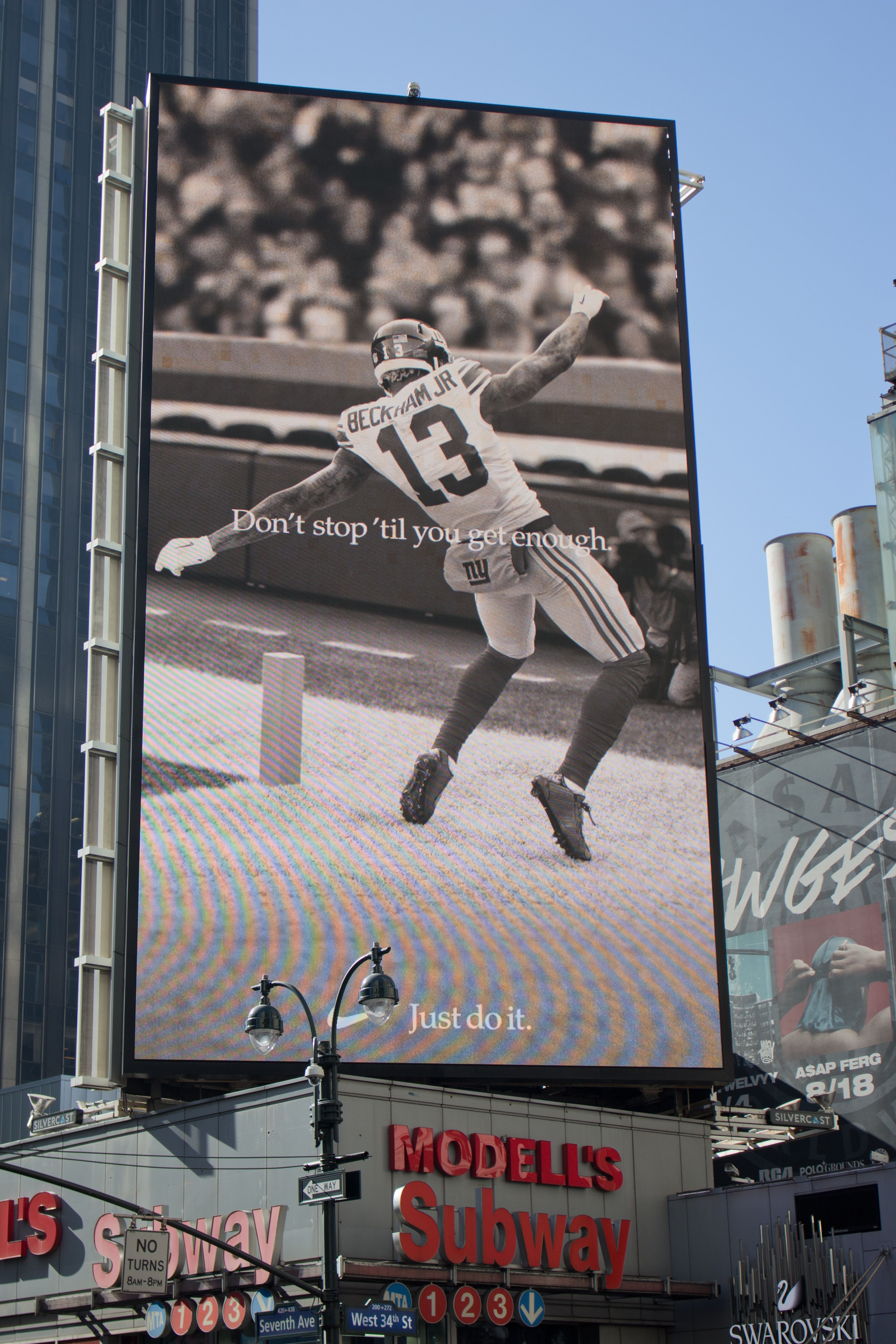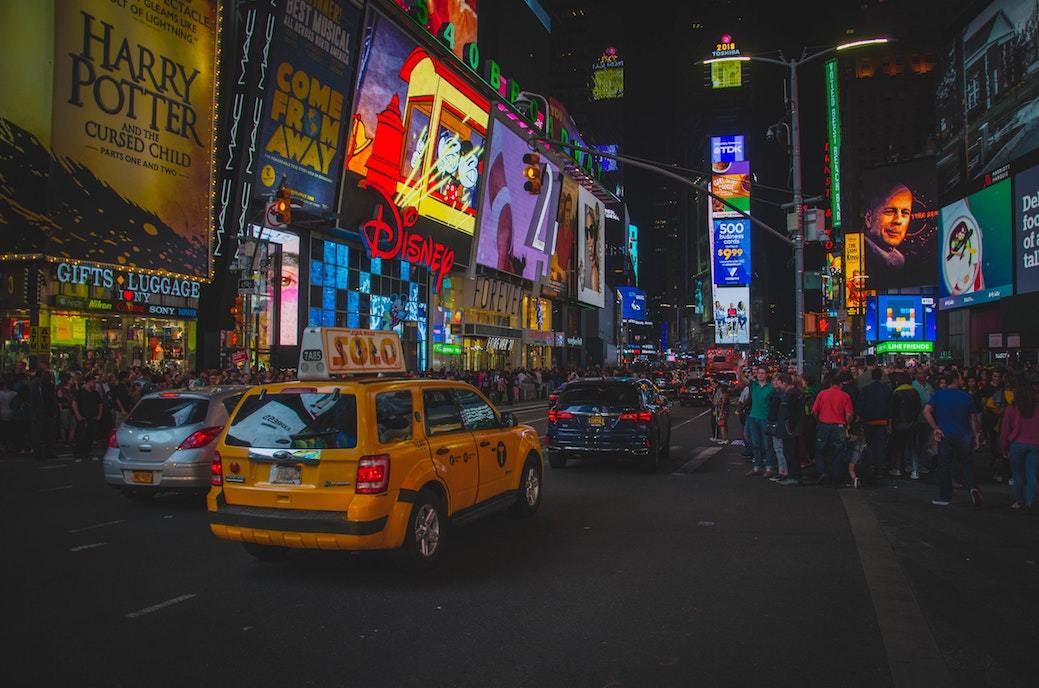Consider iconic brands such as Coca-Cola, John Lewis, and Apple, all three have hugely successful promotional campaigns but are each taking a very different approach and each has very different audiences. While John Lewis unleashes their famous tear-jerking campaigns each Christmas, Coca-Cola typically uses nostalgia to connect their product to a bygone era when life was simple and a cold beverage could make everything better. Apple, on the other hand, builds upon people’s desire to feel apart of an exclusive club – to be the cool kid or serious creative. Ultimately though, these brands have one thing in common – their advertising strategies are the envy of those in the industry because of their ability to cultivate an emotionally arousing brand message that stays in the mind of their audience long-after exposure.

But why is this? A powerful advantage for advertisers is the fundamental principle that humans are generally sentimental beings. Since the emergence of advertising, advertisers have long seen (and arguably exploited) the opportunity this provides for delivering compelling brand messages that stand out above the noise in the otherwise competitive environment – creating brands which feel like part of the family or even the fabric of modern life.
Numerous studies have extensively explored the correlation between emotion and advertising effectiveness for building a brand identity and driving sales growth. When Philip Morris Tobacco wanted men to smoke Marlboro cigarettes – a brand which had previously been more oriented towards female smokers – he created the Marlboro man as the living embodiment of masculinity. The chain-smoking cowboy, complete with tilted stetson, created a brand image which was hugely desirable at the time, especially in the USA.
Marketing Success from the Use of Humour
However, it is humour that above all others, has potentially to be the most powerful emotive tool at an advertisers disposal. Getting your audience to laugh (no easy feat) reinforces positive associations with your brand and establishes a strong emotional connection. Humorous campaigns require recipients to actively participate in the decoding of these messages to reach the intended conclusion. The cognitive processes involved in this facilitates a feeling of inclusion, the audience is a part of the journey and in on the joke.
On the flip side, like all emotions, the audience’s reaction to any messaging is subjective. Emotional responses are, in large part, influenced by people’s past experiences and place in society, as well the society itself. And, as a result, what one person might find witty may be hugely inappropriate to another. There is the risk that a proportion of the audience will feel alienated or confused, as they are not having the reaction desired by the advertiser. This can sway brands from using emotive advertising, especially if it’s something not usually associated with the brand or product range in question. However the advantages of using a key emotional driver should not be underestimated, it can be a great brand differentiator and help an otherwise ‘boring’ or ‘me too’ offering stand out above the rest.

More than anything, your approach should be driven by your understanding of your audience – what motivates them, what type of person are they? What are their turn ons and turn offs? For example, if your brand is look to disrupt an existing market by being controversial or edgy, humour can work wonders. Humour, more than most other approaches, has the potential to make you stand out and appear truly unique. Few have embraced this approach in more spectacular fashion than Brewdog. The juvenile craft brewery has been at the centre of multiple controversies regarding its promotional campaigns but almost always stands its ground and sticks the proverbial two fingers at its competition and the advertising industry in general. For example, when launching its own unofficial bid for Scotland to host the World Cup in 2022, the brewery released a hibiscus wit beer in June 2014 dedicated to the then FIFA president, Sepp Blatter. It came with the instructions: “best served from brown paper envelopes to aid drinking with greased palms”.


